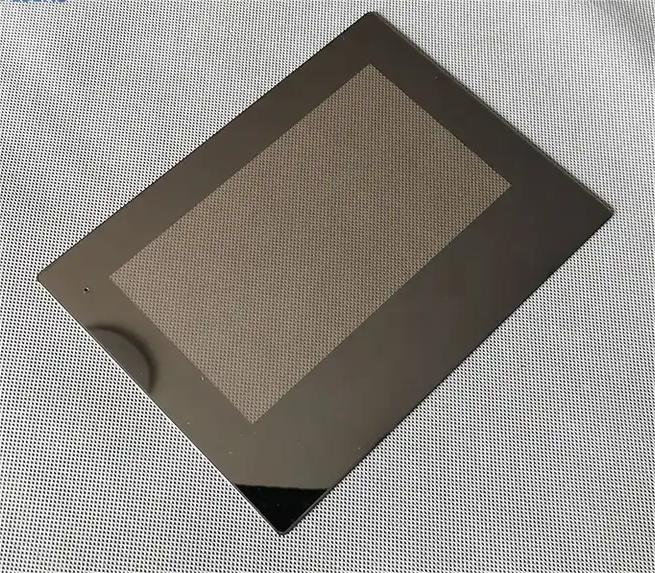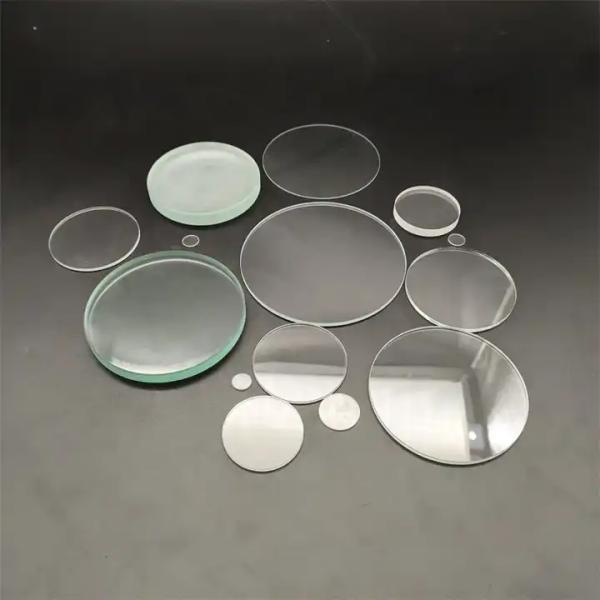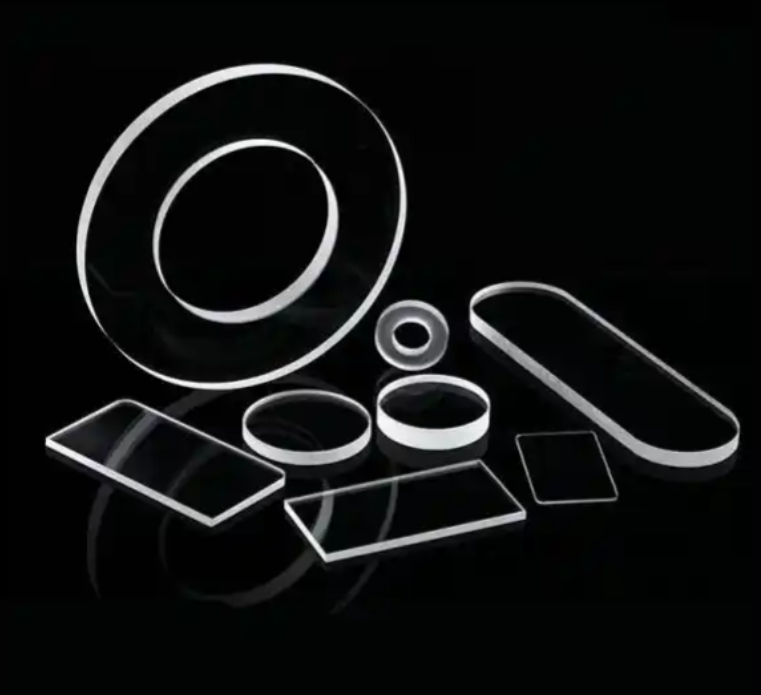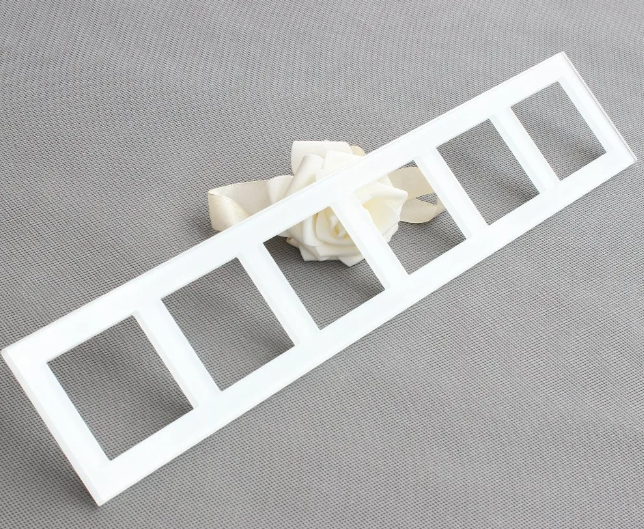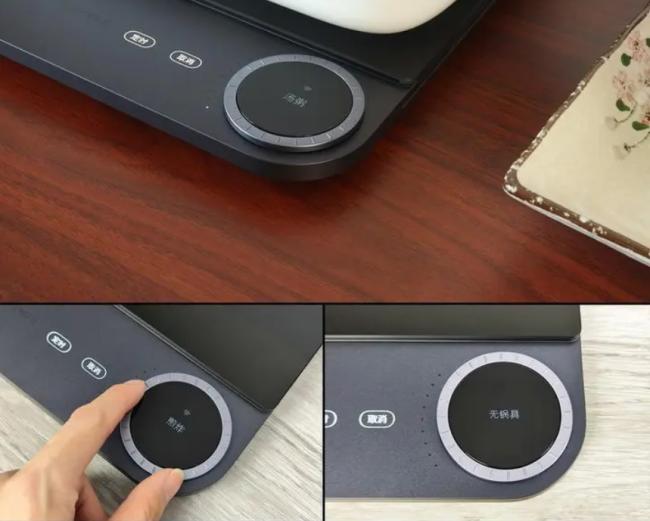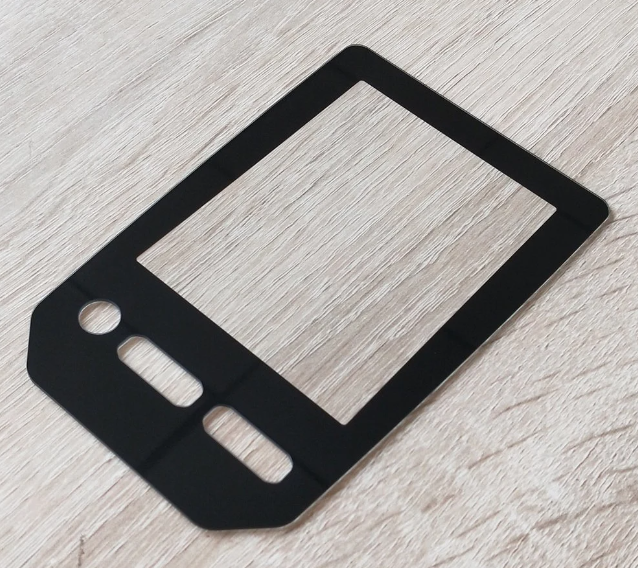
The glass cover on a phone is commonly referred to as the “phone screen protector” or simply the “phone screen.” It is designed to protect the display of the phone from scratches, cracks, and other damage.
Maximizing Device Longevity with Screen Protectors
In the fast-paced world of electronic devices, ensuring the longevity of our gadgets is paramount. One simple yet effective method to safeguard our valuable screens is by employing the use of screen protectors. These transparent shields act as a barrier against the elements, preserving the pristine condition of our screens for longer periods. Let’s delve into the intricacies of screen protectors, their evolution, materials, and functions.
Evolution of Screen Protectors: From TV Screens to Mobile Devices
The concept of screen protection dates back to 1968 when Herbert Schlegel invented the first screen protector for television screens. However, it wasn’t until the rise of personal digital assistants (PDAs) that screen protectors gained prominence in the consumer market. With PDAs operated using styluses, the risk of scratches on the LCD screens was evident. Screen protectors emerged as a solution, offering sacrificial protection against such damage. Over time, as mobile devices became ubiquitous, the use of screen protectors proliferated.
Materials: Finding the Perfect Balance of Protection and Sensitivity
Screen protectors are crafted from various materials, each with its unique characteristics. Plastics like polyethylene terephthalate (PET) or thermoplastic polyurethane (TPU) provide flexibility and thinness, ideal for maintaining the sleekness of the device. On the other hand, laminated tempered glass offers superior scratch resistance and an authentic tactile experience. The choice between plastic and glass hinges on individual preferences regarding durability and tactile feedback.
Glossy vs. Matte: Balancing Clarity and Anti-Glare Properties
Screen protectors come in two primary surface finishes: glossy and matte. Glossy protectors preserve the original clarity of the display, ensuring vibrant visuals. Conversely, matte or “anti-glare” protectors enhance readability in bright environments while minimizing fingerprint smudges. The choice between the two depends on user preferences and environmental factors.
Overcoming Challenges: Addressing Disadvantages and Functionality Issues
While screen protectors offer valuable protection, they come with certain drawbacks. Some users have reported interference with touchscreen functionality, particularly with thicker protectors. Additionally, screen protectors may cover existing oleophobic coatings, affecting touch sensitivity and fingerprint resistance. However, advancements in tempered glass technology have mitigated these issues, with some protectors featuring their oleophobic coatings.
Enhancing Device Longevity: Shielding Against Scratches, Sunlight, Dust, and Water
The primary function of a screen protector is to safeguard the LCD screen from various threats, ensuring prolonged usability. These include:
1. Scratches:
Protective films act as a barrier against scratches from everyday objects, preserving the integrity of the screen surface and maintaining its pristine appearance.
2. Sunlight:
Exposure to sunlight can degrade image quality and visibility. Screen protectors reduce sunlight reflection, ensuring clear visibility even in bright environments.
3. Dust:
Cleaning dirt from sensitive LCD screens can be challenging. However, screen protectors facilitate easier cleaning, and if necessary, can be effortlessly replaced with a new one.
4. Water:
Water contact can be detrimental to electronic devices. Screen protectors provide a protective barrier, preventing water from seeping into the screen and damaging internal components.
In conclusion, investing in a quality screen protector is a prudent decision to extend the lifespan of electronic devices. With a myriad of options available, users can tailor their choice to suit their preferences, balancing between protection, sensitivity, and visual clarity. By incorporating screen protectors into our device maintenance routine, we can ensure that our gadgets remain in pristine condition, enhancing their longevity and usability.

